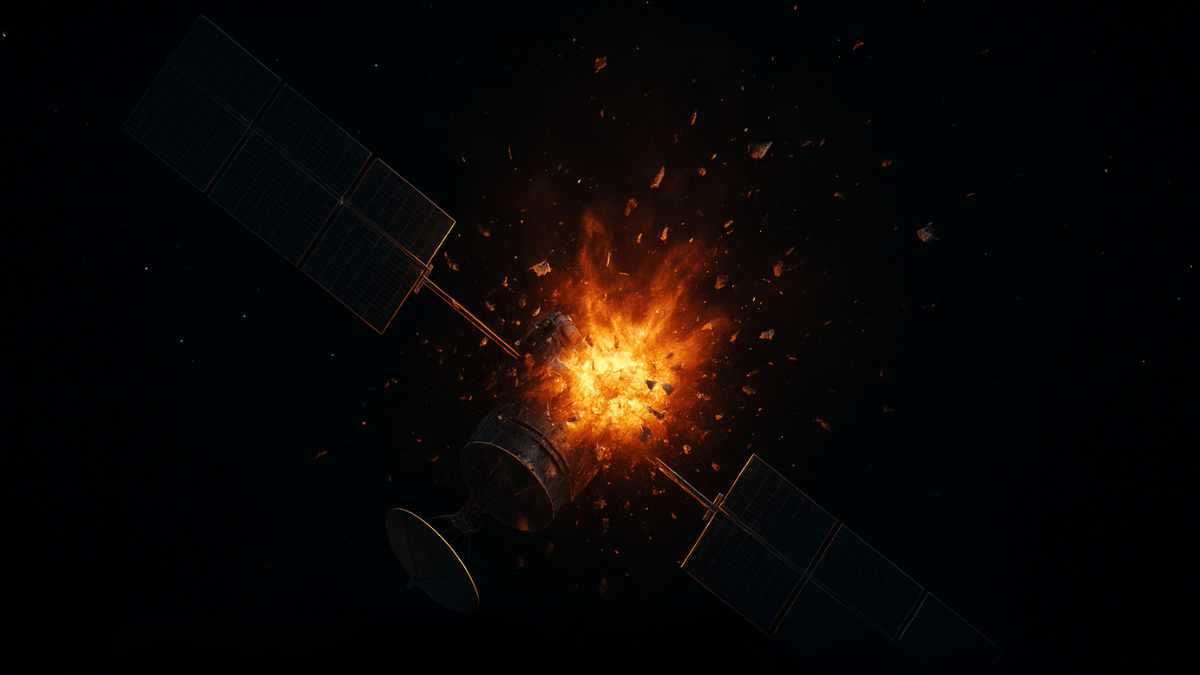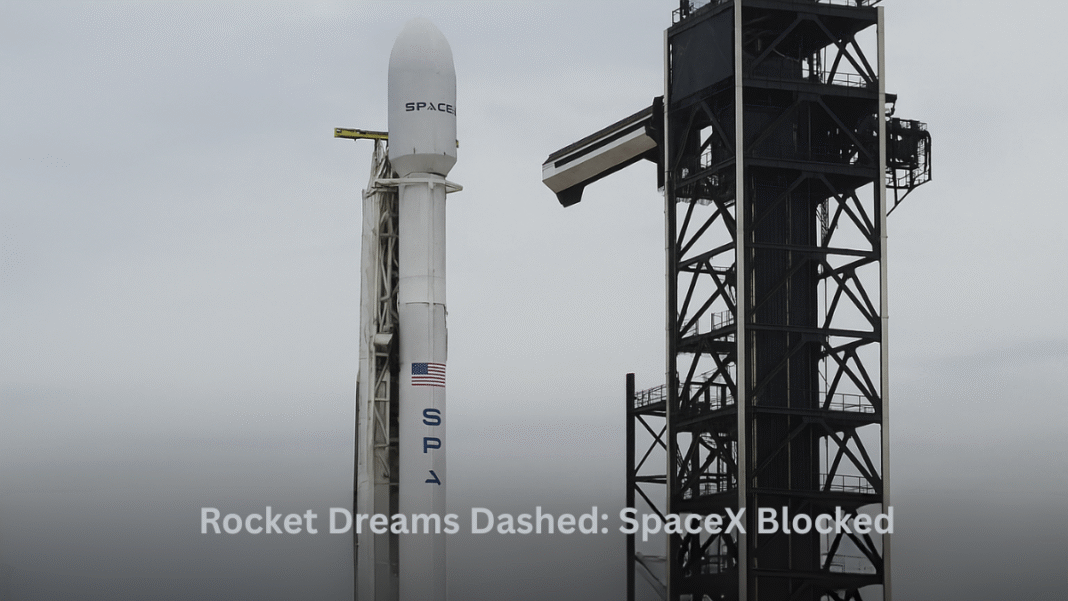On October 19, 2024, passengers flying over the Indian Ocean saw what looked like a shooting star. But what they witnessed was far from a harmless meteor.
Uninsured Explosion Over the Indian Ocean
A $500 million communication satellite named Intelsat-33e—part of the growing fleet of modern satellites—exploded in orbit. Its fuel ignited suddenly and tore the satellite into more than 20 pieces. This explosion added to the already massive pile of space junk—over 14,000 tonnes of debris from broken satellites and other fragments currently orbit Earth.
What made this event more alarming is that the satellite was not insured. This is not a one-off case. More and more satellite operators are skipping insurance due to rising premium costs. Insurance companies are charging more because space is becoming riskier. Satellites are cheaper to build, but that also means they can break more easily. When these weak satellites get damaged, they create more debris. That makes space even more dangerous and pushes insurance prices even higher. It’s becoming a never-ending cycle.
This new pattern is dangerous for everyone. As the number of satellites in orbit increases, the chances of accidents also grow. Without insurance, companies may not be able to recover losses or be held accountable if their satellites cause problems. This is causing concern among those who watch over space safety and policies.
Starship in Flames: SpaceX Rocket Explodes Again, Elon Musk Pushes for More Risky Launch Plans
Sky High Insurance Costs Push Companies Away
Insurance in space is not what it used to be. In 2023 alone, insurance companies had to pay more than $500 million in satellite damage claims. By 2024, the amount of claims is expected to be even higher. Because of this growing risk, big companies like Allianz and Swiss Re have exited the satellite insurance market.
Today, only about 300 out of 12,787 working satellites are insured. The rest are flying without coverage. The reason is simple—insurance for satellites in orbit doesn’t make financial sense anymore. Launch insurance, which covers the satellite while it’s being sent into space, is still required by law in places like the United States and Europe. But once the satellite reaches space, that insurance ends. And that’s exactly when the biggest risks begin.
Ozone Layer at Risk: Starlink Satellites Pose New Threat
Some large companies have decided to handle the risk themselves. Instead of buying third-party insurance, they self-insure their own fleets. This means they agree to pay for any damage out of their own pocket. While this works for big companies, smaller startups launching cheaper satellites can’t afford to take that risk.
Debris Collisions and Legal Gray Areas
The number of objects orbiting Earth has increased sharply. Low Earth orbit is now full of satellites, old rocket parts, and broken pieces from past accidents. Even tiny objects like paint flakes can cause serious damage because they move at very high speeds.
This congestion has already caused problems. In November 2024, the International Space Station had to quickly move to avoid hitting debris from a destroyed weather satellite. Scientific missions are also affected. Earth-monitoring satellites have lost important climate data because they had to dodge floating fragments.
Experts are now talking about the threat of a space domino effect, known as the “Kessler syndrome.” If one satellite breaks and its pieces hit another, it could cause a chain of collisions. This would make parts of space too dangerous to use.
There’s another major problem—no one really knows who is responsible when things go wrong. In space, there are no clear rules like we have for car or home insurance. It’s hard to prove what caused a satellite to fail. Was it a system error or did it hit something? Most of the time, there’s no way to know. And when debris from one country damages a satellite from another, things get even more complicated.
Claudia Sheinbaum blasts SpaceX after rocket debris sparks pollution fears in Tamaulipas
There are almost no penalties for companies that leave debris behind. That means a company can create junk in space and walk away without any consequences. Meanwhile, the operators who suffer damage may have no way to claim losses. As more private companies launch low-cost satellites, these legal loopholes are causing serious concern.
And the risk isn’t staying in space anymore. In March 2024, a metal object from the International Space Station fell to Earth and crashed into a house in Florida. Thankfully, no one was injured. But it started a legal battle. Space debris hitting the ground may become a bigger issue as the amount of junk in orbit continues to grow.




